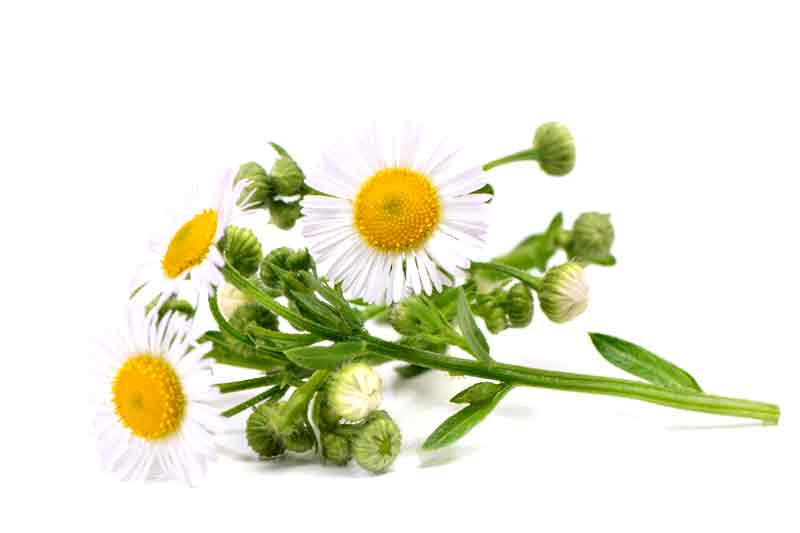Quick Facts
Botanical Name: Matricaria chamomilla
Family Name: Asteraceae
Common Name: Matricariarecutita is known as German, Hungarian, wild, or genuine chamomile. Chamaemelumnobile is commonly called English, Roman, Scotch, garden, lawn, sweet, true, orcommon chamomile.
Part used: Flowers
Specific Gravity: 0.935 to 0.980 @ 20°C
Refractive Index: 1.50 to 1.60@ 20°C
Optical Rotation: +00 to +8.00
Blends Well With: Chamomile oil blends well with bergamot, clary sage, lavender, geranium, jasmine, tea tree, grapefruit, rose, lemon, and ylang-ylang.
Uses
There are many health benefits for Chamomile oil and it can be credited to its properties as an antispasmodic, antiseptic, antibiotic, antidepressant, antineuralgic, antiphlogistic, carminative, cholagogue, cicatrisant, emenagogue and analgesic. The other health benefits are that the oil is a febrifuge, hepatic, sedative, nervine, digestive, tonic, antispasmodic, bactericidal, sudorific, stomachic, anti-inflammatory, anti-infectious, vermifuge, and vulnerary substance. The oil is one of the best to improve the overall health. Chamomile oil is a sudorific and it induces plentiful perspiration and perspiration helps to remove toxins and agents which cause infections. It simultaneously cools down the body and effectively provides relief from fever. Chamomile oil have very good antiseptic and antibiotic properties which do not allow the progress of biotic infections and these are those infections caused by biotic factors like bacteria and fungi. They also get rid of infections which are already present in the body.
Countries where it "s found
German chamomile oil is mostly cultivated in Hungary, Egypt, Eastern Europe, and France, while Roman chamomile is cultivated in Germany, France, Spain, Italy, and Morocco.
Harvesting Information
After cutting, the crop is sun-dried for a short period before being steam distilled to extract the beautiful pale blue essential oil. The flowers typically yield between 0.4 and 1.0% of essential oil.
History of the Plant
The plant is originally a native of Southern and Western Europe and it grows wild in all temperate regions. It is herbaceous perennial with strong fibrous roots and long fibers. It is long growing creeping plant with flowers and leaves reaching a height of up to 25 centimeters.

Extraction Process
Both types of chamomile oils are extracted from the flowers using the steam distillation method.
Commonly known Benefits
Chamomile oil tones up the stomach and promote secretion of digestive juices into the stomach and assist in proper digestion. It is good for the liver, and it ensures good health of the liver and appropriate flow of bile from it. Being a Cholagogues, Chamomile oil increases the secretion of Hydrochloric Acid, bile, and enzymes in the stomach, thereby promoting digestion. Being a good vermifuge agent it kills all sorts of intestinal worms. If applied to hair, it kills lice and mites, keeping hair and scalp free from infections and damage. Chamomile oil is very effective in fighting depression and for raising spirits. They get rid of feelings of sadness, depression, disappointment, and sluggishness and also encourage a kind of happy or charged feeling. Inhaling this oil can help a lot in overcoming depression and bringing about a relaxed mood. It is effective in calming down annoyance, anger, and irritation, particularly in small children.





